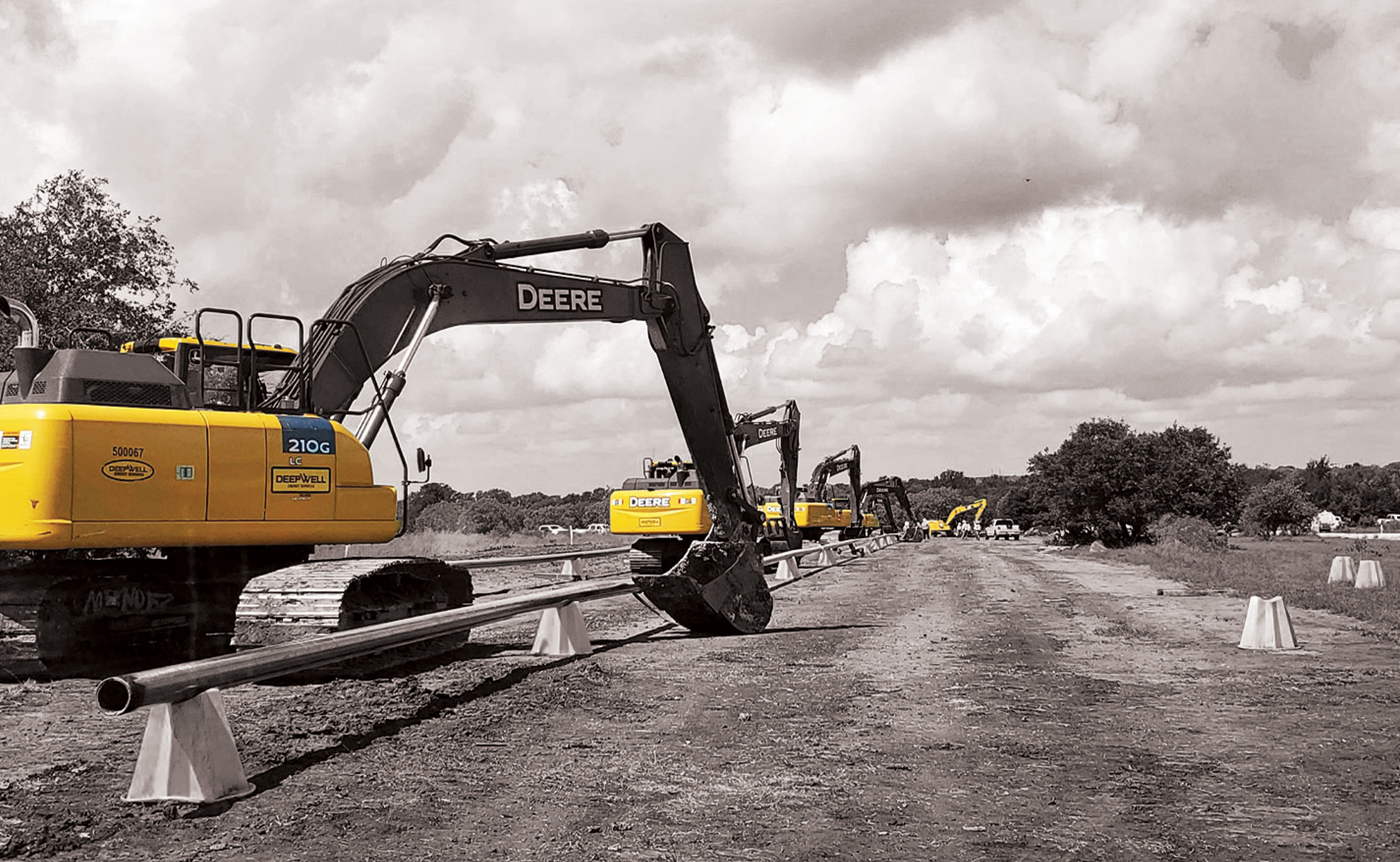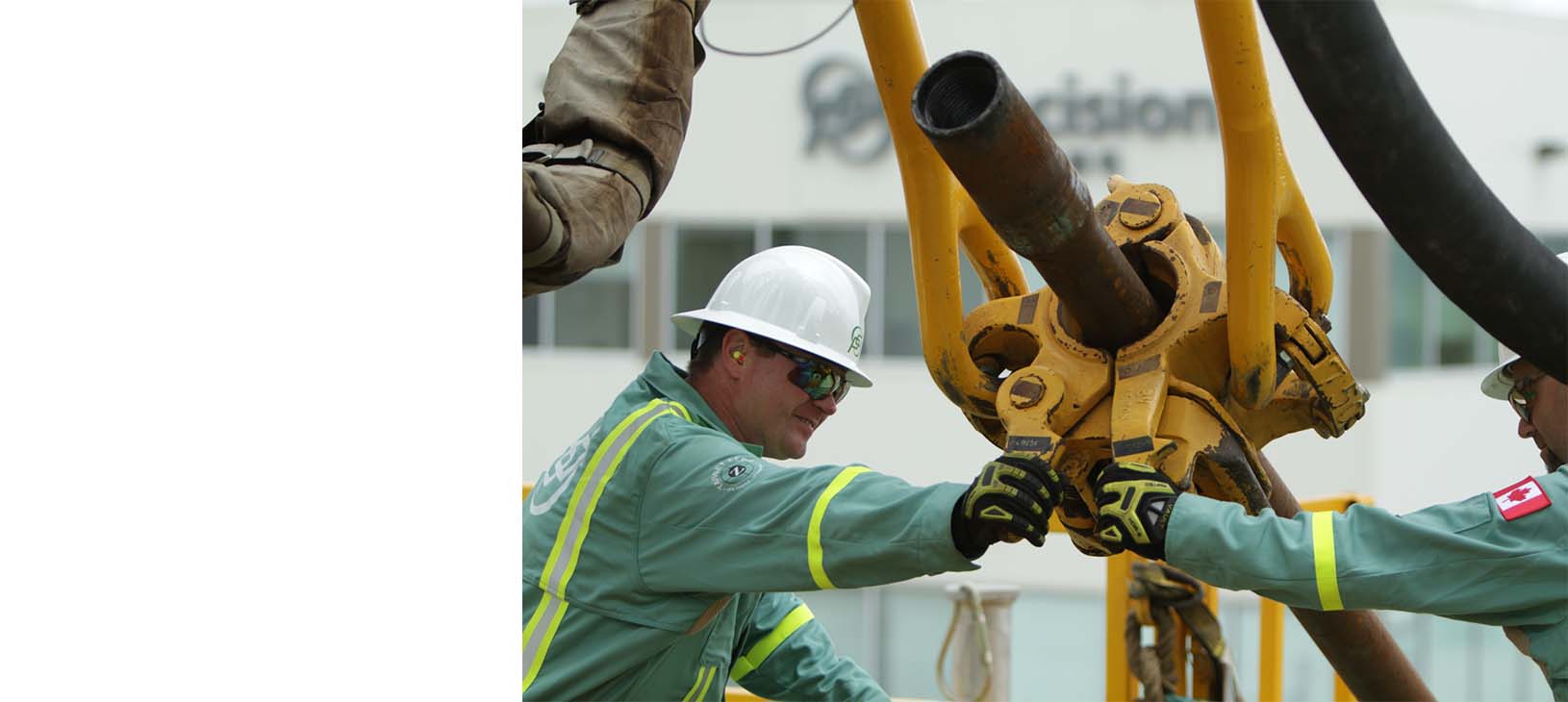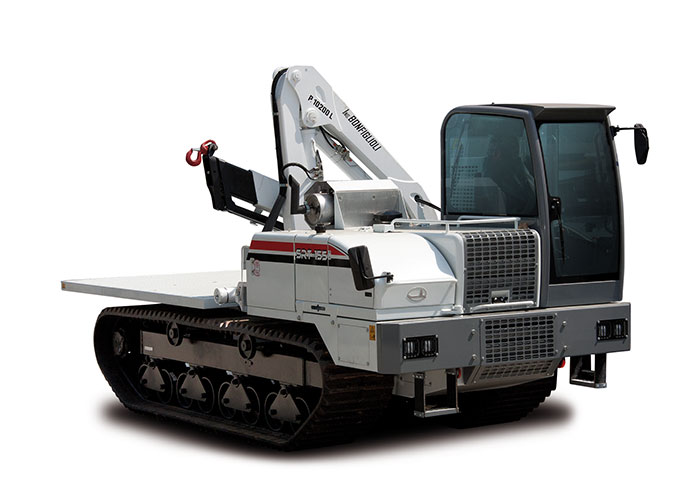Superior Rentals fusion machines: maintenance tips every engineer should know
A Comprehensive Overview to the Numerous Sorts Of Oil Field Equipment and Pipeline Equipment Available
The oil and gas industry relies heavily on specific devices for reliable removal and transport. Various sorts of equipment, from drilling rigs to tank, play important functions in this complicated process. Each tool offers distinct functions that add to overall operational success. Understanding these components is necessary for any person associated with the market. As the sector develops, so also do the modern technologies that sustain it. What improvements are on the horizon?

Drilling Rigs: The Foundation of Oil Exploration
Drilling rigs act as the essential machinery in the domain name of oil exploration, allowing firms to access hydrocarbon books hidden deep underneath the Earth's surface. These rigs are available in numerous types, including land rigs, offshore rigs, and mobile devices, each made to operate in certain environments. Equipped with innovative technology, piercing rigs can penetrate geological developments with precision, guaranteeing reliable resource removal. The structural stability and operational abilities of these rigs are crucial, as they should stand up to extreme conditions and substantial pressures. In addition, the option of an exploration gear impacts the general job price and timeline, making it an essential factor to consider for oil firms looking for to maximize their expedition initiatives and optimize performance in their operations.
Pumps: Important for Fluid Movement
In the oil extraction process, the role of pumps is significant, facilitating the motion of fluids throughout different stages of production. Pumps are vital for delivering unrefined oil, water, and other liquids from underground reservoirs to the surface area and after that through pipes to refineries. They can be found in numerous kinds, consisting of centrifugal, favorable displacement, and submersible pumps, each offering details objectives based on the liquid characteristics and operational demands. Centrifugal pumps are commonly used for their performance in high-flow applications, while positive variation pumps stand out in handling thick fluids. The choice of pump influences general performance, operational safety and security, and maintenance prices. Appropriate option and maintenance of pumps are vital for maximizing production and lessening downtime in oil field procedures.
Shutoffs: Managing Flow and Pressure

Shutoffs play an important role in handling the circulation and stress of liquids within oil areas and pipes. Numerous sorts of shutoffs offer distinct applications, each designed to accomplish details functions essential for reliable procedure - Superior rentals squeeze tools. Understanding the attributes and uses these shutoffs is necessary for enhancing system efficiency and security
Kinds of Valves
Important components in oil field procedures, shutoffs play an important role in controlling the flow and pressure of fluids within pipes and tools. Different types of valves are made use of to fulfill the varied requirements of oil and gas manufacturing. Common kinds consist of gateway valves, which give a straight-line flow and very little pressure decline; globe shutoffs, recognized for their throttling capacities; and ball valves, recognized for their quick on/off control. In addition, check shutoffs protect against backflow, while butterfly shutoffs use a light-weight service for regulating circulation. Each valve kind is created with particular products and setups to endure the harsh problems typically discovered in oil fields, making sure dependability and effectiveness in operations. Understanding these kinds is critical for reliable system monitoring.
Valve Applications and Functions
While various kinds of valves serve distinct objectives, their main applications focus on managing flow and stress within oil and gas systems. Valves such as entrance, globe, and sphere shutoffs regulate liquid activity, guaranteeing peak efficiency and safety. Gateway valves are frequently utilized for on/off control, offering marginal flow resistance. Globe shutoffs, on the various other hand, offer exact circulation guideline, making them suitable for throttling applications. Sphere shutoffs are favored for their fast procedure and get more info limited securing abilities. Furthermore, pressure safety valve are important for preventing system overpressure, securing tools integrity. In general, the ideal selection and application of shutoffs enhance operational effectiveness, ensuring the trustworthy transport of oil and gas with pipes and processing facilities.
Compressors: Enhancing Gas Transportation
Compressors play an important duty in the efficient transport of all-natural gas, ensuring that it relocates smoothly with pipes over lengthy distances. These devices boost the stress of gas, enabling it to get over friction and elevation changes within the pipeline system. Additionally, compressors help with the balancing of supply and demand, suiting variations in consumption and manufacturing rates. Various kinds of compressors are used in the market, including centrifugal, reciprocating, and rotary screw compressors, each offering distinct advantages based upon the functional requirements. Routine maintenance of these compressors is vital to optimize efficiency and reduce downtime, inevitably adding to a reliable gas transportation network. Their crucial feature emphasizes the value of compressors in the general oil and gas infrastructure.
Storage Tanks: Safe and Reliable Liquid Administration
Effective transportation of all-natural gas counts on numerous sustaining systems, one of which is the correct administration of storage containers. These tanks play an essential role in securely having liquids, guaranteeing that operational efficiency is maintained while minimizing ecological dangers. Built from long lasting products, they are made to withstand high stress and harsh components. Appropriately sized and strategically situated, tank promote the smooth circulation of natural gas and various other fluids, stopping bottlenecks in supply chains. Regular upkeep and monitoring are critical to find leaks or architectural problems, advertising security and compliance with regulatory criteria. Ultimately, the efficient management of tank is essential for the total honesty and integrity of the oil and gas market's fluid handling systems.
Pipeline Solutions: Facilities for Transport
Pipeline systems serve as the foundation of the oil and gas industry, facilitating the efficient transport of hydrocarbons over large distances. These systems include different elements, consisting of pipes, shutoffs, pumps, and compressors, all diligently created to guarantee smooth circulation. The materials made use of in pipeline building, usually steel or high-density polyethylene, are chosen for durability and resistance to corrosion. Pipeline networks can span throughout land and water, linking production sites to refineries and circulation. In addition, advanced innovation makes it possible for real-time monitoring of flow rates and stress degrees, boosting functional effectiveness. The tactical positioning of these pipes minimizes ecological influence while making the most of resource access, consequently playing an essential duty in meeting energy demands internationally.
Safety Equipment: Ensuring Worker and Environmental Management
The operation of pipeline systems, while important for energy transportation, also offers significant safety obstacles for employees and the environment. Safety tools plays a substantial function in reducing these risks. Personal safety devices (PPE) such as helmets, gloves, and non-slip shoes safeguards employees from physical dangers. Additionally, gas detection systems keep track of for leaks, guaranteeing that damaging substances do not present a risk to personnel or the surrounding ecosystem. Emergency situation closure systems are critical for promptly stopping operations during a situation, stopping prospective catastrophes. Spill containment products, including absorbents and barriers, are essential for minimizing environmental effect. Overall, investing in comprehensive safety devices is critical for preserving functional integrity and safeguarding both employees and the environment in the oil and gas field.

Regularly Asked Inquiries
Exactly how Do I Choose the Right Oil Field Equipment for My Project?
Picking the best oil area devices involves reviewing task specs, budget restraints, and functional requirements. Consider variables such as devices reliability, compatibility with existing systems, and the distributor's online reputation to ensure peak performance and safety and security.
What Are the Maintenance Requirements for Oil Field Equipment?
Upkeep requirements for oil area tools consist of normal assessments, lubrication, and prompt repair services. Operators must likewise comply with maker standards, screen performance metrics, and assurance compliance with security policies to enhance longevity and efficiency.

Exactly How Can I Guarantee Conformity With Environmental Rules?
To ensure compliance with ecological policies, business must carry out normal audits, execute ideal techniques, invest in training, preserve correct documentation, and stay updated on legislation (Superior Rentals Contact). Cooperation with ecological companies can additionally boost adherence to guidelines
What Is the Average Lifespan of Pipeline Equipment?
The ordinary lifespan of pipeline tools generally ranges from 20 to 50 years, depending upon aspects such as material high quality, ecological problems, and maintenance techniques. Regular evaluations can greatly affect durability and operational performance.
Exactly how Do I Safely Transfer Oil Field Equipment to Remote Locations?
Transferring oil area devices to remote areas needs mindful planning, consisting of path analysis, protecting permits, utilizing appropriate automobiles, and guaranteeing safety and security methods are complied with. Appropriate training and interaction among teams are crucial for effective transport.